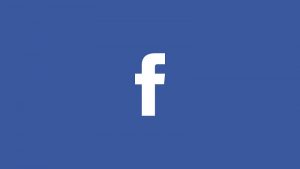Digital printing came onto the scene in Birmingham at an IPEX trade show in 1983. There were two machines gone for that program, the Xeikon electronic and the Indigo presses. The Indigo electronic press, made in Israel, and with much excitement was launched by Benny Landa, who was the handling supervisor of Indigo. Whereas, the Xeikon was made in Belgium. The Indigo is sheetfed press, as well as the Xeikon, is fed (roll-fed or reel fed) press. Both the presses have their own issues on their digital printers as well as made very early adopters’ life challenging.
Benny Landa notoriously prophesied that by one decade 50% of all printing would be generated digitally in 1983. Seventeen years later, 10% of all printing is generated digitally approximately. Quality of digital printing has actually advanced quickly to the factor where there is currently basically no difference in high quality in between balanced out and digital printing. The majority of printers currently would think that they are disadvantaging themselves if they are not able to supply digital printing.
How digital printing works
Photos to be published on a digital press are made to transfer on a covering, drum, or a belt. No plates are needed, there is no ink to be washed up as well as transformed, and there is no make all set. It is feasible to change from one task to another or from one part of the work to another in almost no time at all. These features provide digital presses with fantastic adaptability, and it is feasible for each sheet that comes out of the press to be different. Additionally, electronically printed products can be “completed” (layered, bound, guillotined, and so on) quickly since there is no need to enable time for the ink to completely dry.




